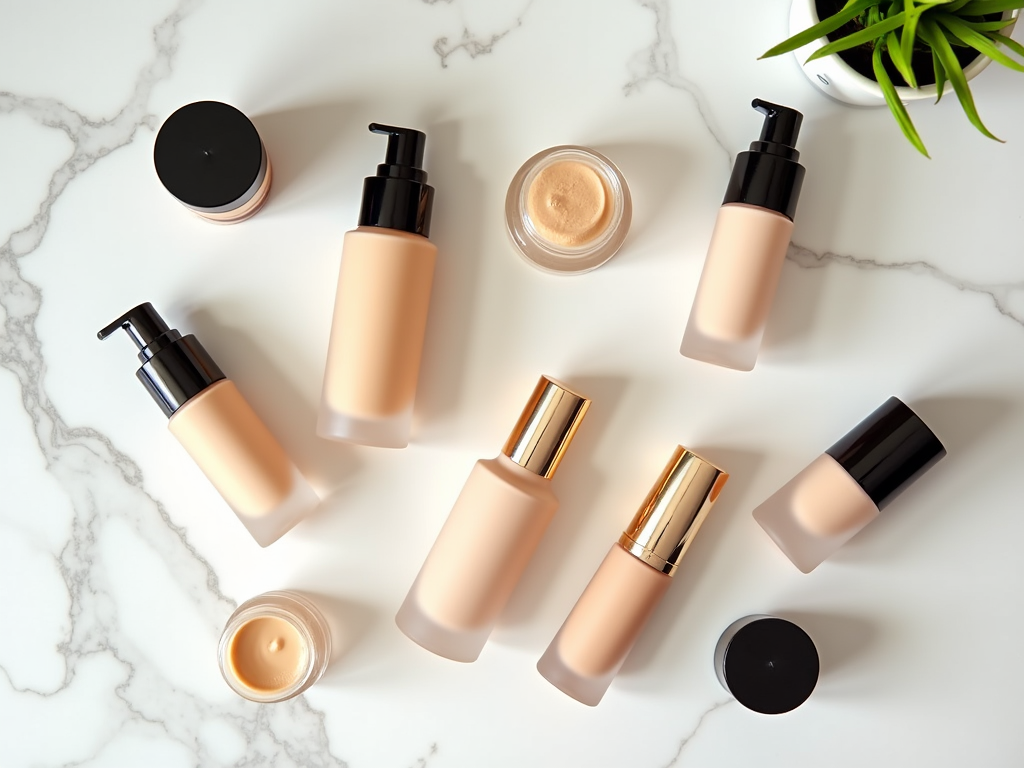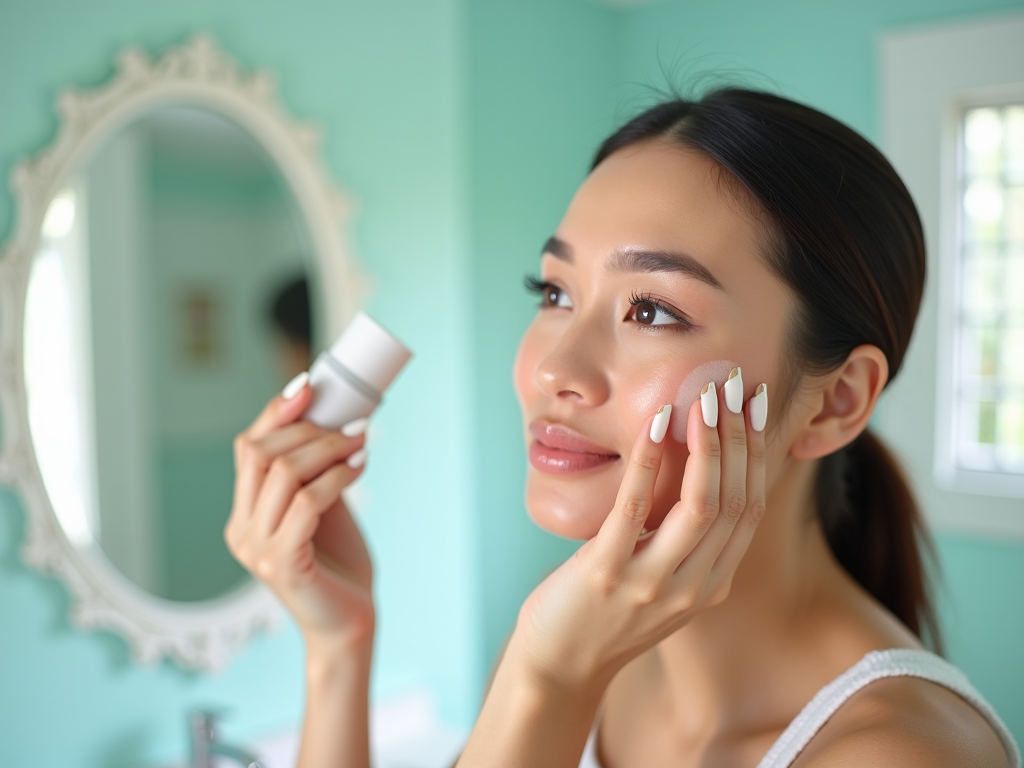A flawless foundation is the cornerstone of any great makeup look, and achieving it in just three simple steps is not only possible but also easy with the right techniques and products. This article will guide you through the essential steps to ensure your foundation looks smooth, natural, and impeccable, creating the perfect canvas for the rest of your makeup.
Step 1: Prepare Your Skin

The first and most crucial step in achieving a flawless foundation is properly preparing your skin. Good skin preparation not only helps foundation to apply seamlessly but also ensures its longevity throughout the day. Start by cleansing your face to remove any dirt or impurities that can cause your foundation to look patchy. Follow with a moisturizer suited to your skin type to keep your skin hydrated. This step is essential, as hydrated skin helps the foundation blend more naturally and prevents it from settling into fine lines or dry patches.
Before applying foundation, always use a primer. A primer creates a smooth base for foundation application, filling in pores and fine lines, and giving the makeup something to adhere to. Select a primer based on your skin needs:
- Mattifying primer for oily skin
- Hydrating primer for dry skin
- Smoothing primer for textured skin
- Color-correcting primer for uneven skin tone
Ensure the primer is fully absorbed before moving on to the next step.
Step 2: Choose and Apply Your Foundation

Choosing the right foundation is pivotal to achieving a flawless finish. Consider your skin type and desired coverage when selecting a foundation. Foundations come in various forms, such as liquid, powder, cream, and stick. Liquid foundations are versatile and offer adjustable coverage, while powders are ideal for oily skin. Creams and sticks often provide full coverage and work well for dry skin types.
Application technique is as crucial as product choice. Here’s a simple method to apply foundation evenly:
- Begin by dotting foundation on your forehead, cheeks, nose, and chin.
- Use a brush or sponge to blend, starting from the center of the face outward.
- Ensure to blend over the jawline and neck for a seamless look.
Avoid using your fingers, as they can deposit oils onto your skin. A damp makeup sponge is excellent for a natural, dewy finish, while brushes work well for fuller coverage.
To lock your foundation in place and ensure it lasts throughout the day, setting your makeup is the final step. Setting powders and sprays can help control oil and prevent makeup from melting or fading. After applying foundation and any other base products like concealer, lightly dust a translucent setting powder over your face, focusing on areas that tend to get oily, such as the T-zone. Powder helps absorb excess oil and provides a smooth surface.
For additional longevity and a natural finish, consider using a setting spray. Hold the spray about eight inches from your face and mist it evenly. Setting sprays are great for all skin types and can cater to different needs; choose one that suits your skin type and desired finish, such as matte or glowing. This step will keep your foundation looking fresh, no matter where the day takes you.
Conclusion
Achieving a flawless foundation doesn’t have to be complicated. By following these three simple steps of preparing your skin, choosing the right foundation, and setting it properly, you can have a makeup look that serves as the perfect base for any occasion. Remember to invest in products suitable for your skin type and take the time to blend thoroughly. A well-applied foundation not only enhances your natural beauty but also bolsters confidence, ensuring you feel your best.
Frequently Asked Questions
1. How do I choose the right foundation shade?
Select a foundation that matches your skin tone. It’s best to test the color on your jawline in natural lighting to find the perfect match.
2. Can I skip the primer if I’m in a hurry?
While you can skip it, a primer is recommended for smooth application and extended wear, especially if you have oily or textured skin.
3. Should I apply foundation before or after concealer?
It’s generally best to apply foundation first, as it provides an even base and minimizes the amount of concealer needed, targeting specific areas.
4. What type of foundation is best for dry skin?
For dry skin, opt for a hydrating liquid or cream foundation that provides moisture and a dewy finish, avoiding powder formulations that can emphasize dryness.
5. How can I make my foundation last longer?
To extend foundation wear, use a primer, set with powder, and finish with a setting spray. These steps help control oil and keep makeup in place.
